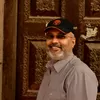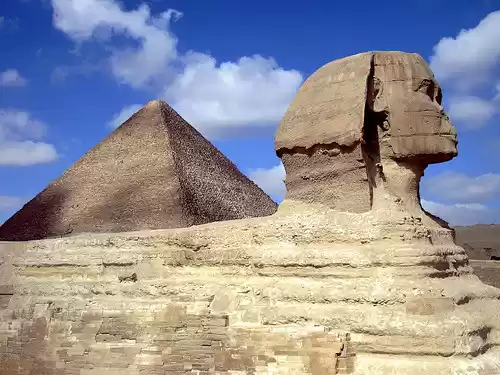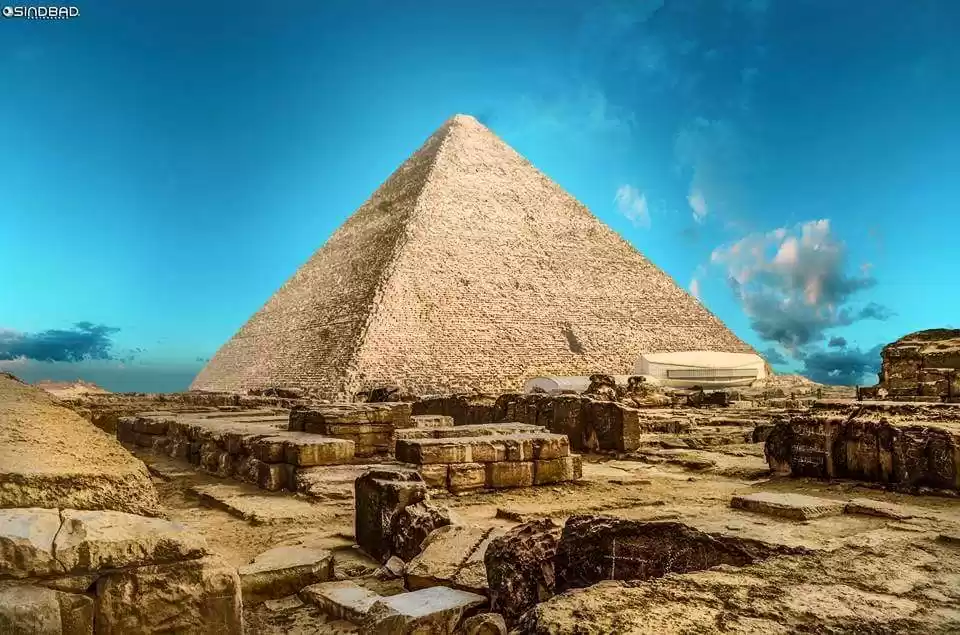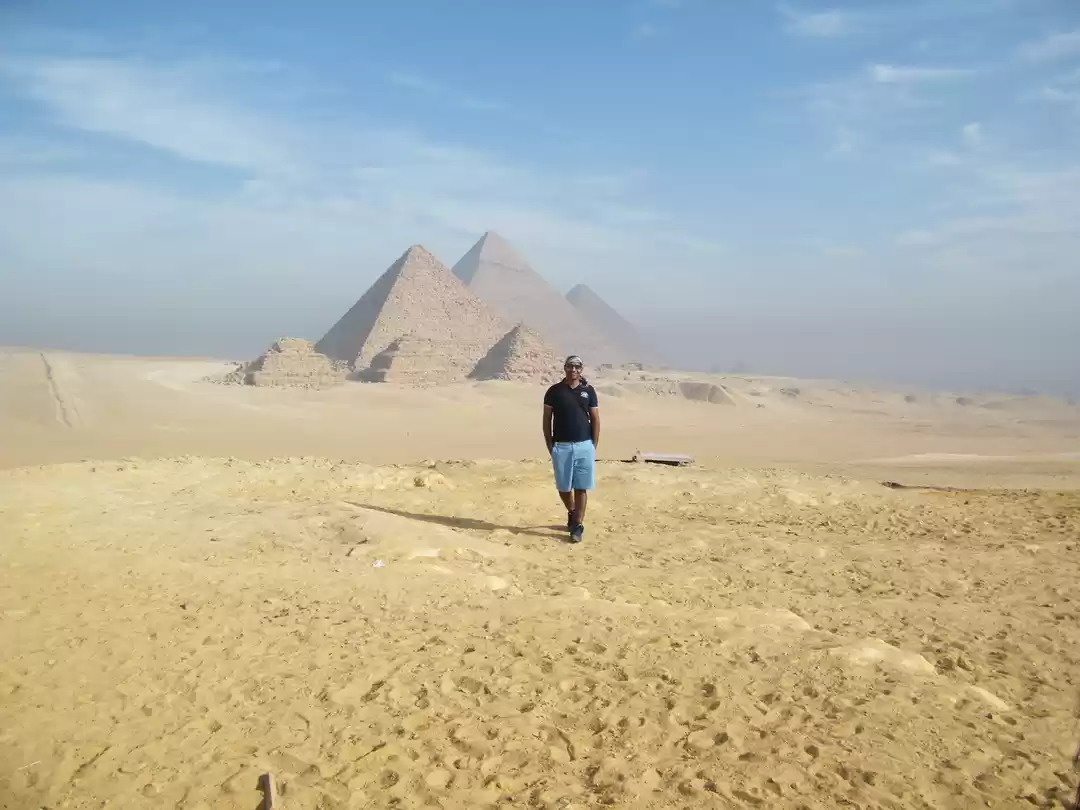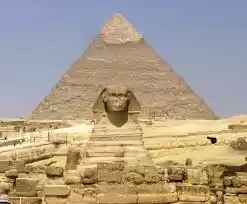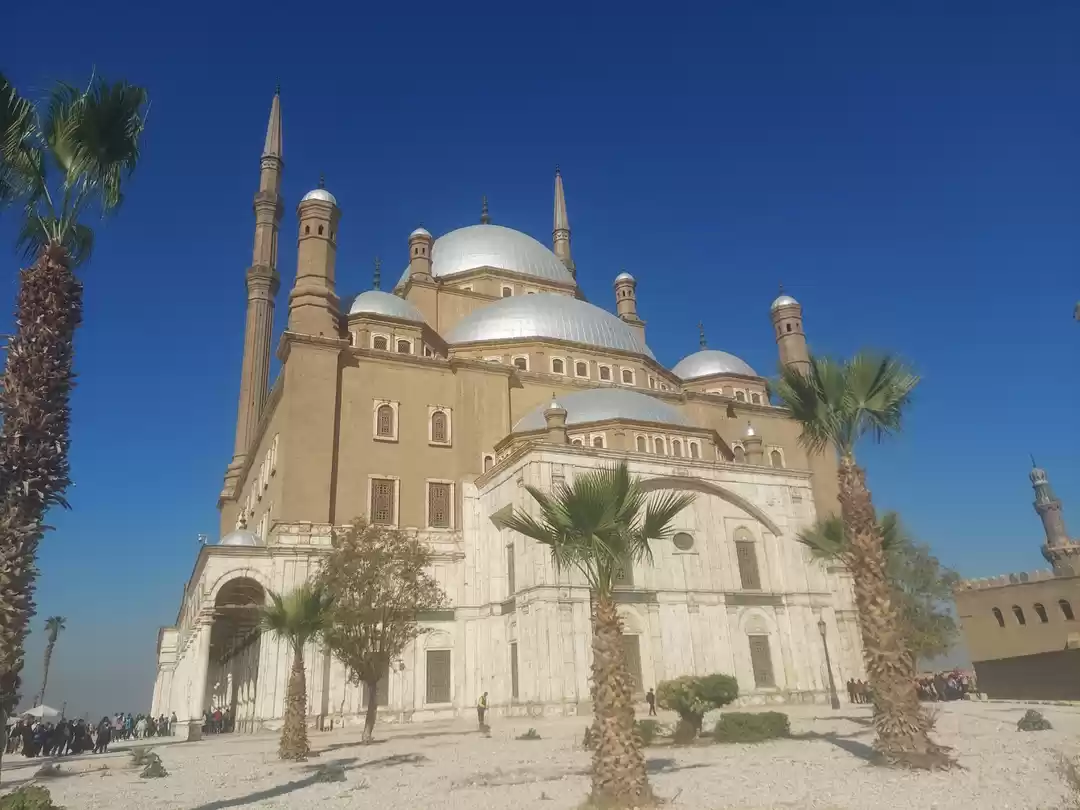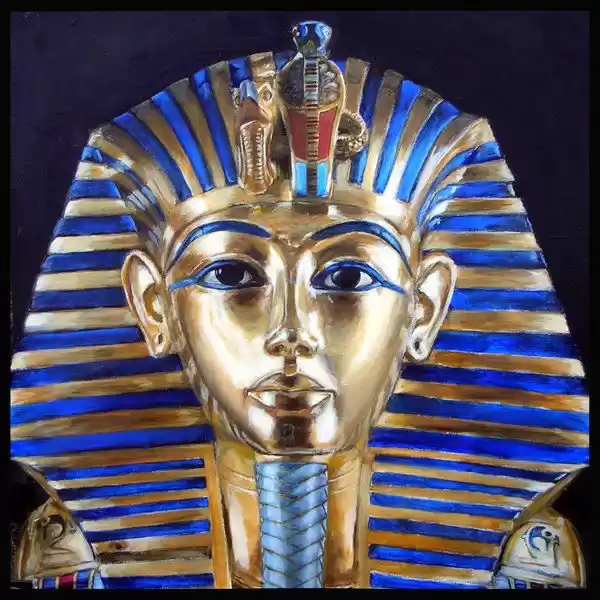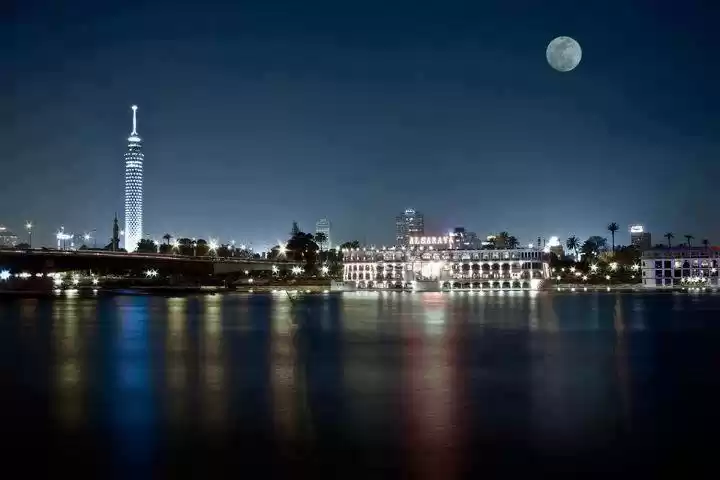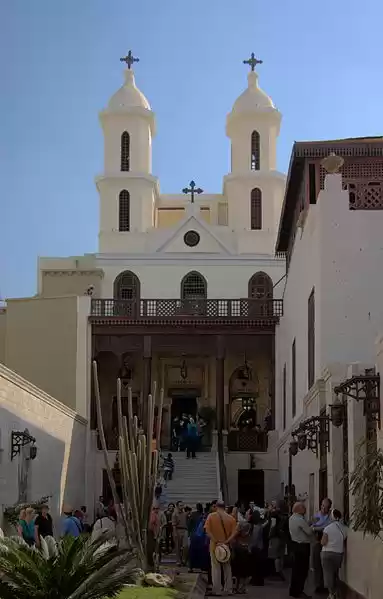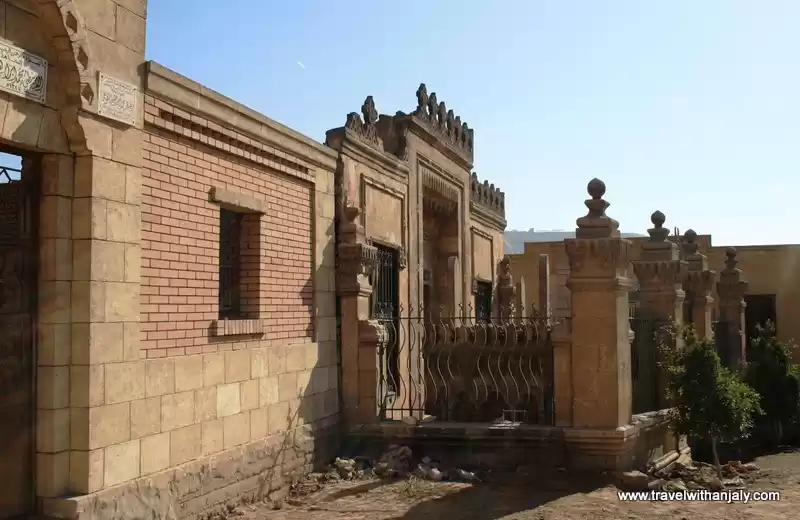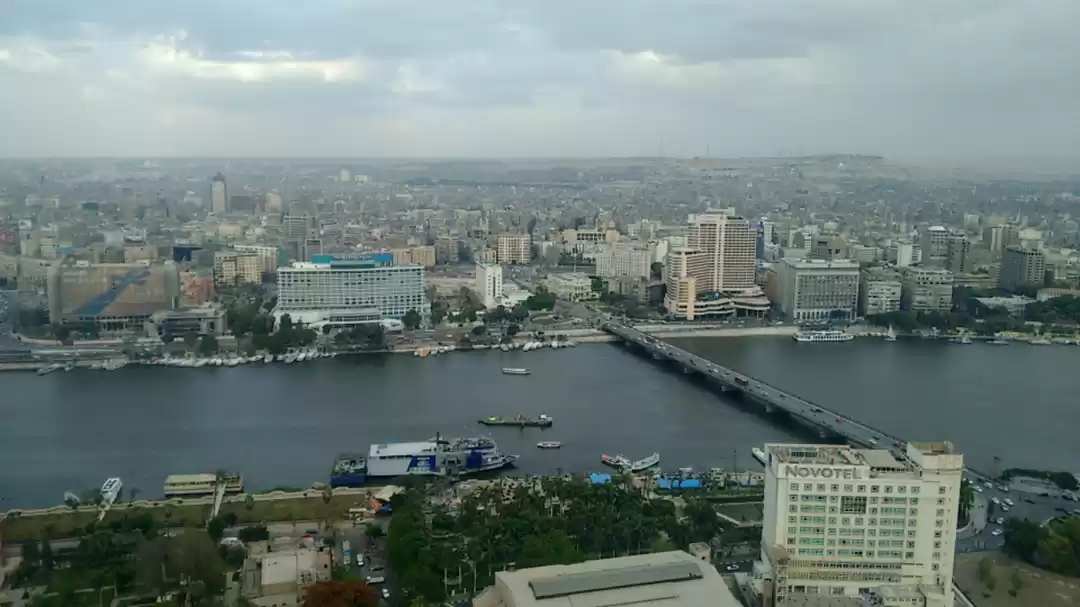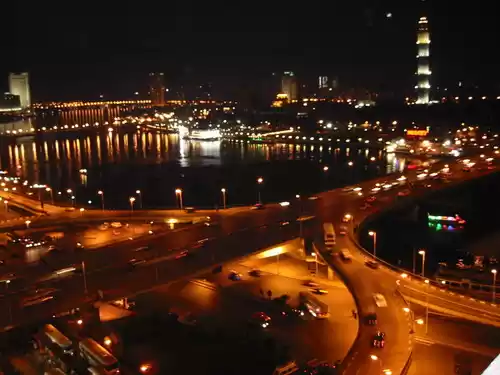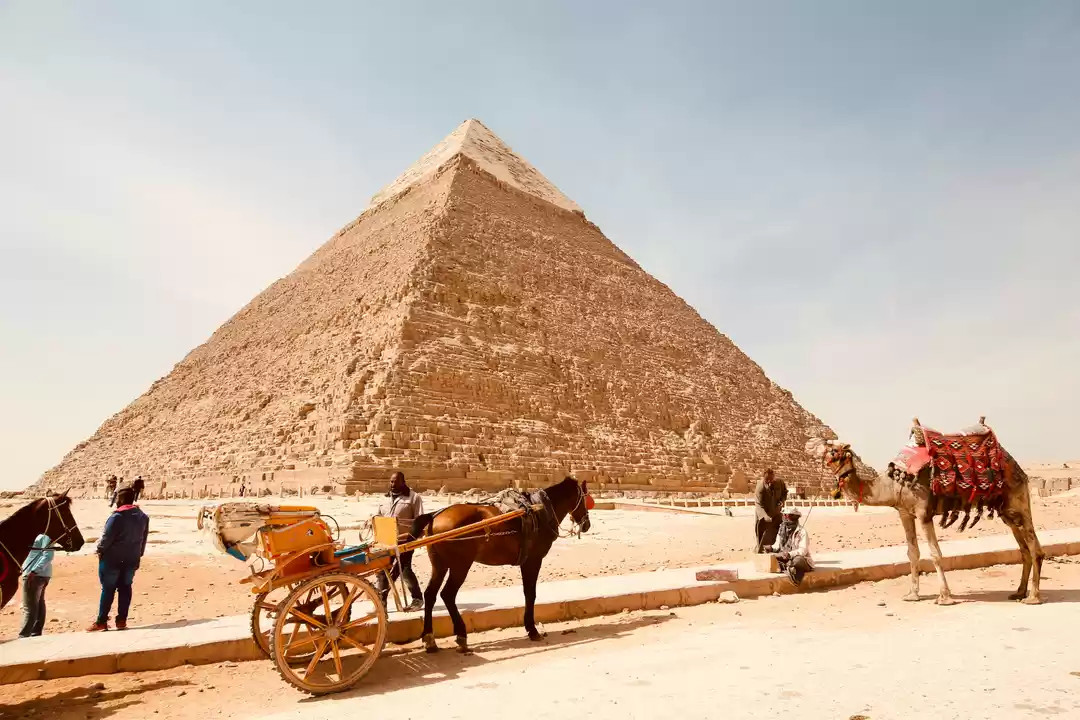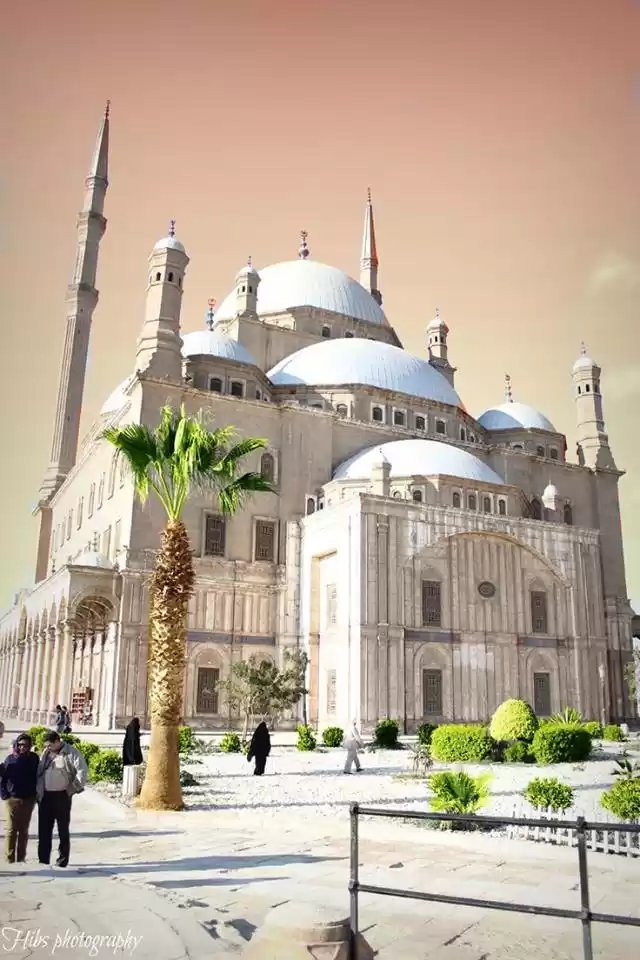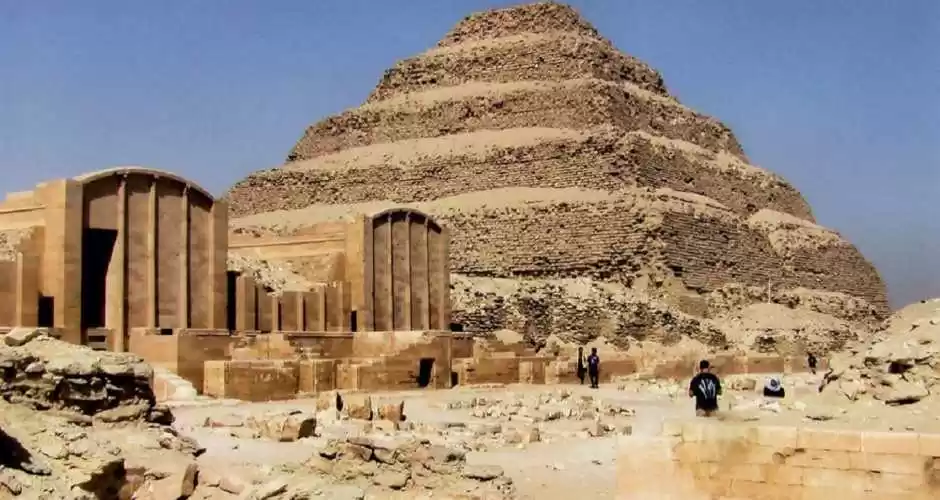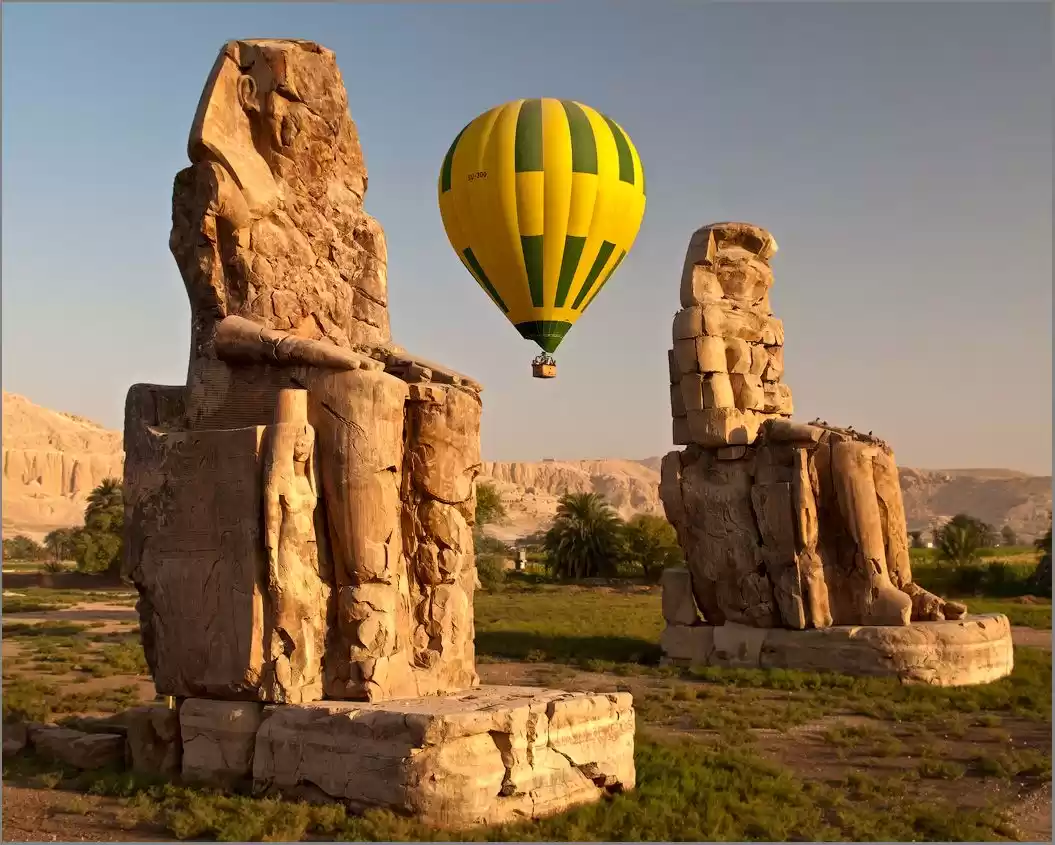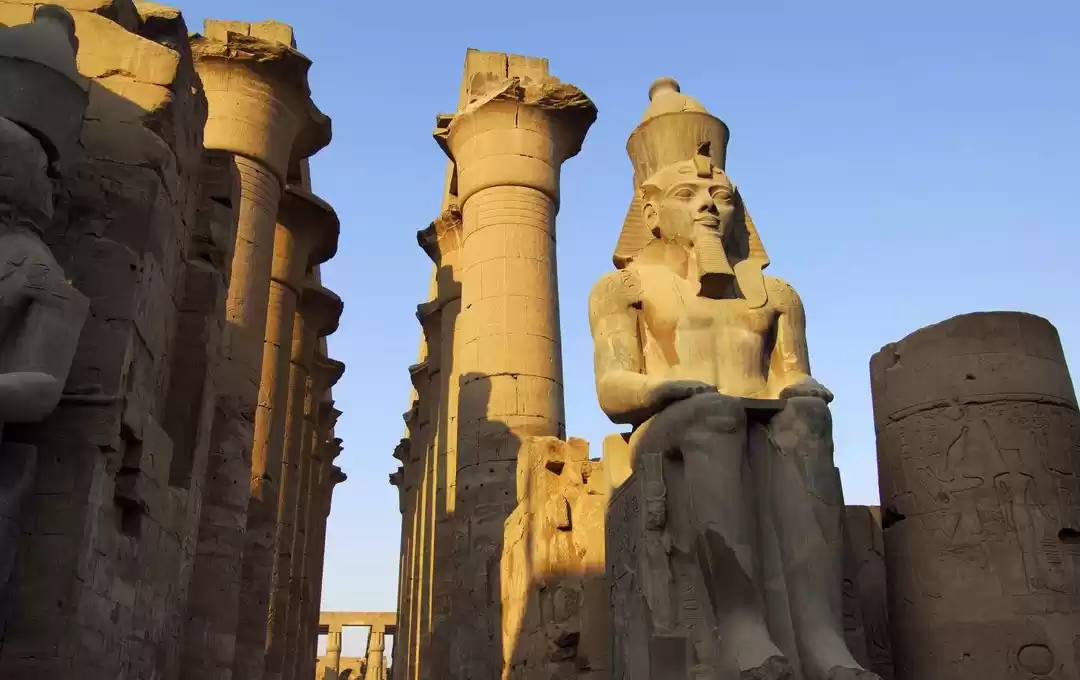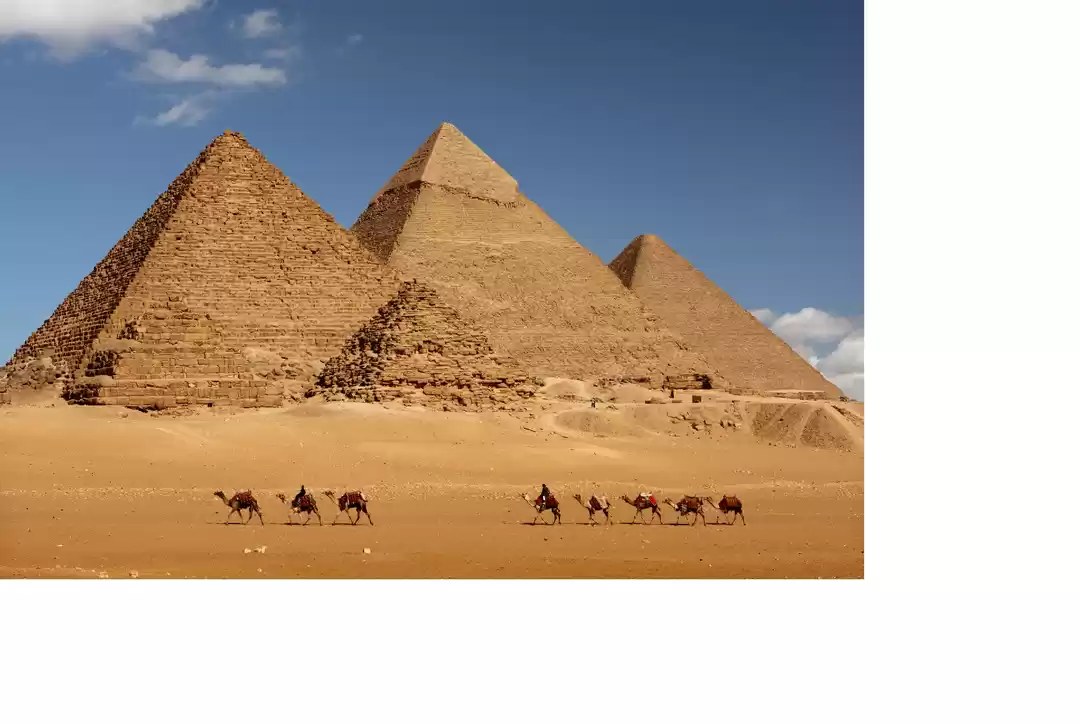Day two. We drove to the Saladin Citadel on the Mokattam hill near the center of Cairo and part of the Islamic Cairo. This hill is famous for fresh breeze and a grand view of the city below. The Citadel is breathtakingly beautiful and is now a World Heritage Site. The Eagle of Saladin from this very Citadel became the coat of arms of Egypt and other Arab countries.
The Citadel was built by Ayyubid ruler Salah al-Din between 1176 and 1183 CE. After he defeated the Fatimid Caliphate, he started building a wall around Cairo and Fustat, the first capital of Egypt and Citadel was to be in the center of Cairo. However, he died before the wall could be completed. He also built a 85 meter deep well to supply water to the Citadel via aqueducts, called the Well of Yusif or Joseph.
There are three mosques in the Citadel including the Mohammed Ali Pasha mosque built between 1830 and 1848. It was built in the memory of Tusun Pasha, son of Mohammed Ali, who died in 1816. It is also known as the Alabaster Mosque and is the largest mosque to be built in the first half of 19th century. This Ottoman mosque is the most visible mosque in Cairo and one of the most beautiful mosques, I have seen. The ceiling of the mosque is really very beautiful.
From there we went to Coptic Cairo which is a very unique place. The mosques, churches and synagogue all peacefully co-exist here. It is part of the old Cairo which houses the Babylon Fortress, the Coptic museum, the Hanging church and the Ben Ezra Synagogue.
The Coptic Cairo was a stronghold of the Christian community till the Islamic era. Most of the churches here were built in the 7th century after the Muslim conquest of Egypt.
The Hanging Church is also known as Saint Virgin Mary's church as it is located above a gatehouse of the Babylon Fortress, where no visitors are allowed now. It is one of the oldest churches in Egypt dating back to 3rd century. The church is approached by 29 steps and is built in Basilican style. From inside the church the fortress below can be seen though a glass piece mounted on the floor.
The Ben Ezra Synagogue built in 1115 was initially a church, which was sold to raise funds to pay the taxes at that time. Sadly no photography is allowed inside the synagogue.
Our next stop was Khan el-Khaili, one of the major souks (market) of Islamic Cairo. At the entrance of this souk is the al-Hussein Mosque and the Al-Azhar University is also near by. Where the present souk stands, it was originally the site of a mausoleum known as turbat az-zafaraan (Saffron tomb).
There are many shops in the narrow alleys of the market selling souvenirs, jewellery and antiques co-existing with many traditional workshops. These are many restaurants, street food outlets, Coffee shops and Shisha shops with Fishawi's being the oldest, established in 1773.
Sadly this market has been targeted by terrorists many times, in an attack on 7 April 2005, 21 people were killed while on 22 February 2009, 22 people were killed. These two incidents have greatly affected the tourism industry as a whole in Egypt and the country's economics is still feeling the pinch though it appears the tourism is revving now.

